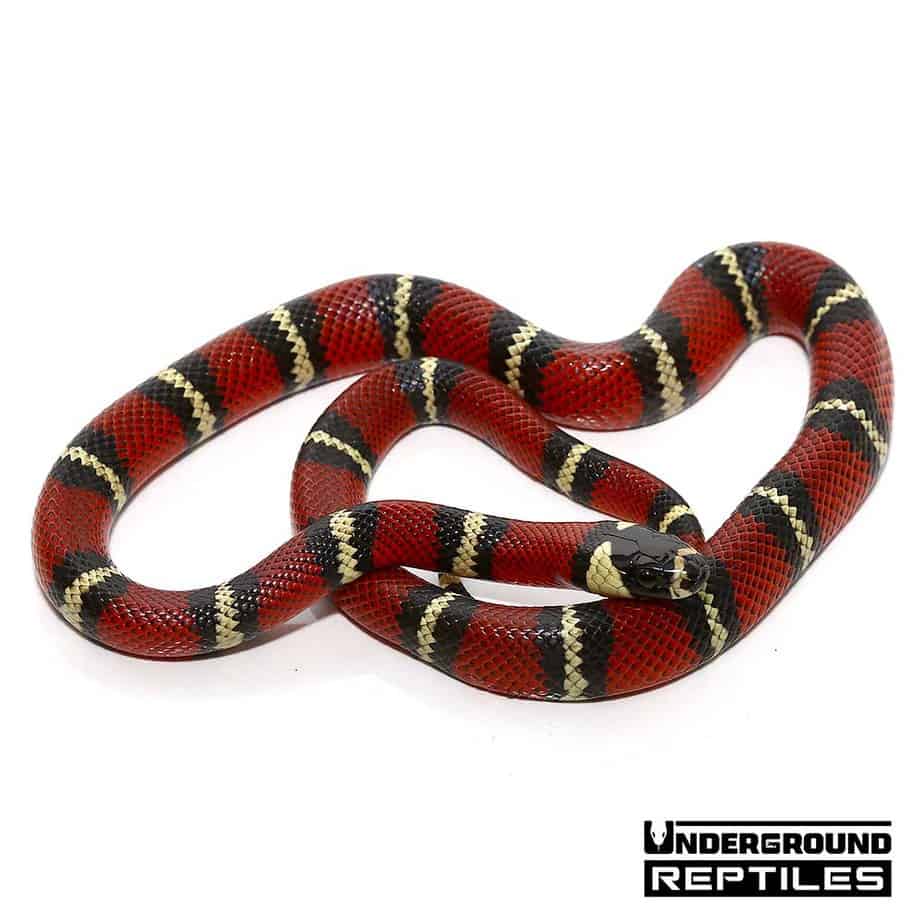

In some populations, the traditional bands are substituted by red blotches. Normally these snakes have smooth and shiny scales with a typical pattern of alternating bands in various colors such as white, black and red or red, black and yellow. In the wild, it's impossible to know their lifespan but in captivity usually, they live around 12 years but have lived as long as 22 years. Many of the milk snakes subspecies are popular choices for pet snakes, mostly because they do very well in captivity, have a good temperament, aren't too big and are certainly beautiful snakes found in a wide range of colors.

Their range extends even further south throughout Mexico and Central America as far south as northern Venezuela and western Ecuador in northern South America. That's why the milk snake has the widest geographic range of any snake species found in North America. The milk snake many subspecies are found in a very wide range that extends from southeastern Canada on Ontario and Quebec, southward through most of the USA with the exception of the west coast. Some scientists believe that the species may, in fact, be split into several separate species in the future. Milk snakes aren't venomous unlike other venomous snakes species found in their habitat. With 24 subspecies there is quite a variation among them, and many are known by their own common names. Both King snakes such as California Kingsnake ( Lampropeltis getula californiae) the and Milk snakes belong to the genus Lampropeltis. The milk snake or milksnake ( Lampropeltis triangulum) is a species of King snake endemic to North America.


 0 kommentar(er)
0 kommentar(er)
